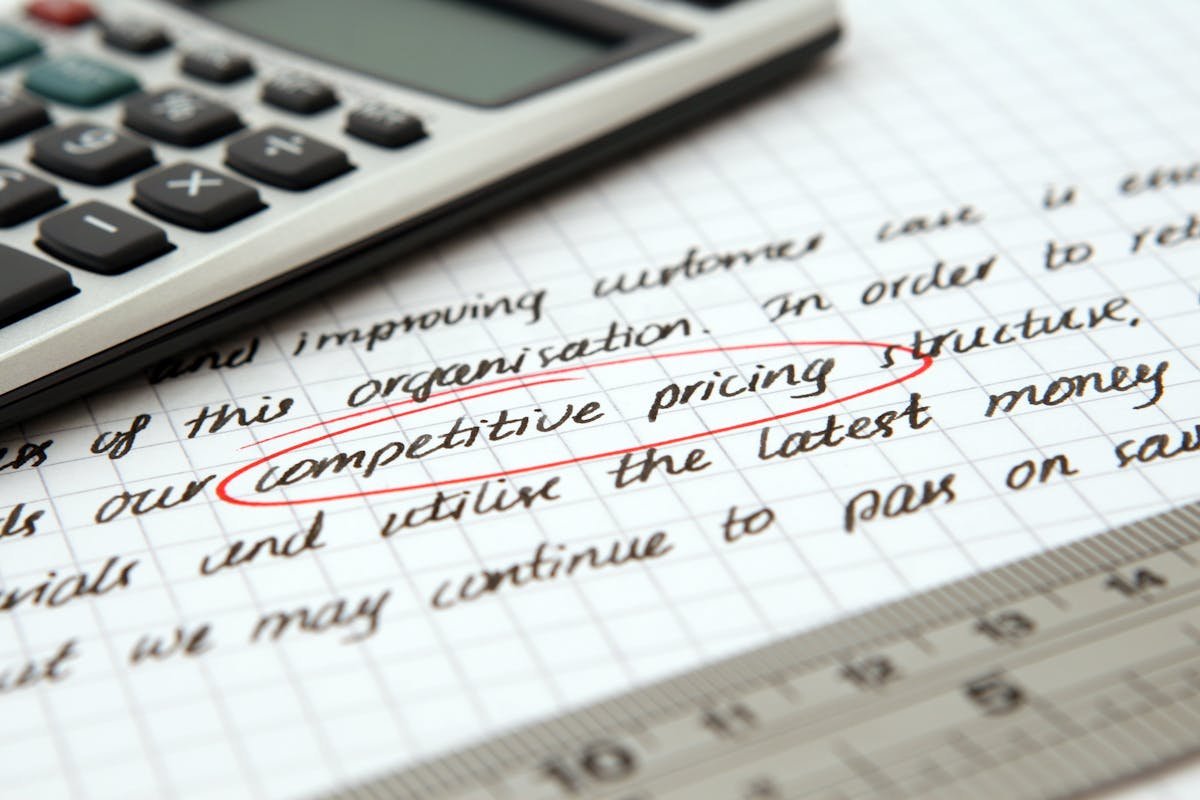3 ways to improve operational efficiency
Business / Date: 06-22-2025

See 3 easy ways to enhance operational effectiveness, streamline processes and increase outcomes in your company, whatever that is.
As the market becomes more competitive, businesses must be in a constant state of adjusting to maximize their processes and increase operational effectiveness. Not only does it affect productivity, but it also has a direct influence on costs, customer satisfaction and, naturally, the organization's bottom line.
Operational efficiency, then, is not so much about more with less, but smarter. But what, exactly, is being operationally efficient? How does a business determine whether it is operating efficiently and where it can improve?
These are important questions for all who want to survive in the market, let alone thrive there. Read more and view our recommendations on how to maximize it.
What is operational efficiency?
Operational efficiency is a measure of an organization's capacity to carry out its operations and tasks with the minimum amount of waste of effort, time and resources.
It entails proper process management, people and tools with the objective of ensuring that every aspect of the operation makes its optimal contribution to the end results.
By achieving a high level of operational efficiency, a company can produce more, reduce costs and offer a higher quality service to the customer.
However, achieving this ideal state of efficiency is not simple. It often involves rethinking processes, investing in technology and adopting an organizational culture focused on continuous improvement.
However, with the right strategy, any company can improve its operational efficiency and reap the benefits of a more agile and profitable operation.
How do I measure my company's operational efficiency?
Measuring operational efficiency involves the use of KPIs (Key Performance Indicators).
These indicators help evaluate the performance of processes and operations in real time, offering a clear view of how your company is performing in relation to its objectives.
Here are some common KPIs to measure operational efficiency:
- Employee productivity rate: measures the amount of output generated by each employee in a given period. Higher productivity means that your employees are working more efficiently.
- Process cycle time: refers to the total time required to complete a process or task, from initiation to final delivery. Reducing this time is a clear indication of greater efficiency.
- Rework or failure rate: Measure how many times a product or service needs to be redone or corrected. Less rework means the process is working efficiently and with fewer errors.
- Customer Satisfaction Score (NPS): Customer satisfaction is a direct reflection of operational efficiency. Faster, more efficient processes generally result in happier customers.
3 Ways to Improve Operational Efficiency
Now that you know what operational efficiency is and how to quantify it in your company, now is the time to see some useful tips on how to make it better and get even greater results in the organization's production and administration.
Process optimization
Optimization of processes is required to streamline operations and minimize wastage. Through workflow analysis and optimization, you can identify bottlenecks, eliminate redundant manual steps, and increase agility.
Automation, enabled by artificial intelligence, supports this optimization by speeding up routine tasks, reducing human error and offering strategic insights to inform decisions.
In contract management, for instance, AI is able to review documents, abstract useful information and even signal deadlines and key clauses, thus allowing for more control and legal certainty.
A clear example of this transformation is the adoption of electronic signatures . Combined with smart solutions, they eliminate manual steps such as printing, signing, scanning and sending, making processes faster, safer and more cost-effective.
Integrating technologies like AI and automation not only improves productivity, but also allows companies to focus on what really matters: innovation and growth.
Standardization
Process standardization is also a crucial area for operational efficiency improvement. Standardized processes guarantee that the same procedure and protocols are adopted by all employees, which helps in guaranteeing consistency, preventing errors and achieving maximum output.
This is particularly applicable in operations that have numerous employees or multiple departments. A good example of standardization is using one process for customer care.
Through a script or flowchart that each agent is made to follow, the company can guarantee that all customers receive equal quality of service no matter who is manning the post.
Corporate culture of continuous improvement
Continuous improvement is a fundamental concept for companies seeking to not only achieve, but maintain operational efficiency over time.
This involves creating an organizational culture where all employees are encouraged to identify opportunities for improvement, propose solutions and constantly seek ways to optimize processes.
One of the ways to instill this culture is by conducting regular performance review sessions where KPIs are discussed and reviewed. These sessions are chances to gauge progress and determine areas that require further adjustment.
How to maintain these improvements in the long term?
After implementing improvements, it is crucial for companies to monitor results and work to keep innovations running.
Here are some ways to maintain your results:
Constant monitoring and regular adjustments: After implementing improvements, it is crucial that companies carry out continuous monitoring of KPIs and operational efficiency indicators.
Ongoing staff engagement and training: Ongoing staff education is a key factor in ensuring improvements are sustained over the long term. Investing in regular employee training ensures everyone is aligned with the latest processes and best practices.
Recognition and incentives: Maintaining improvements also entails acknowledging and rewarding employees' work. Incentive schemes, like performance bonuses or public recognition, motivate employees to sustain a high degree of commitment to continuous improvement.
Follow Us
Newsletter
Subscribe to our newsletter to stay updated with our latest news and offers.
We respect your privacy.Trending










